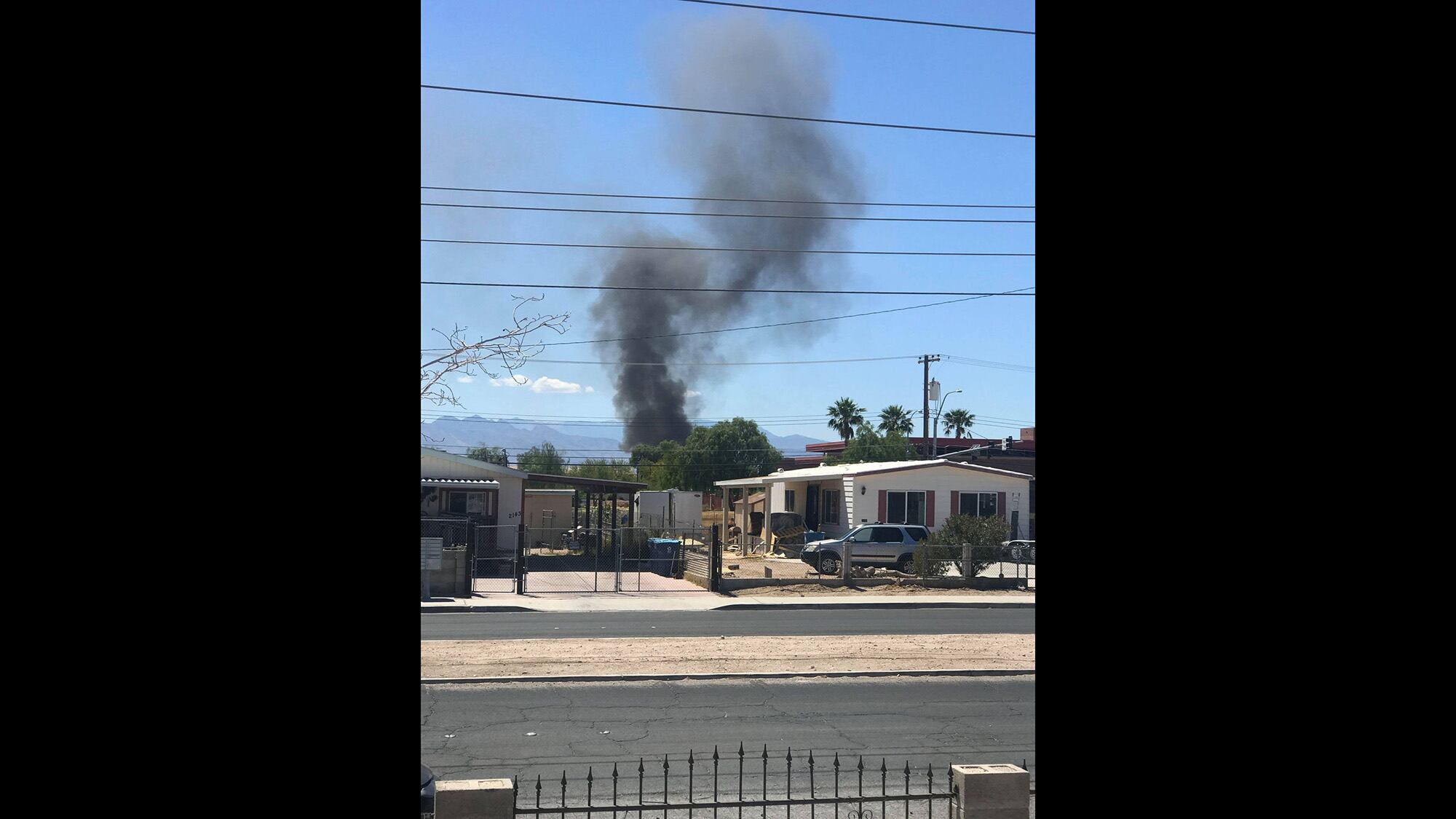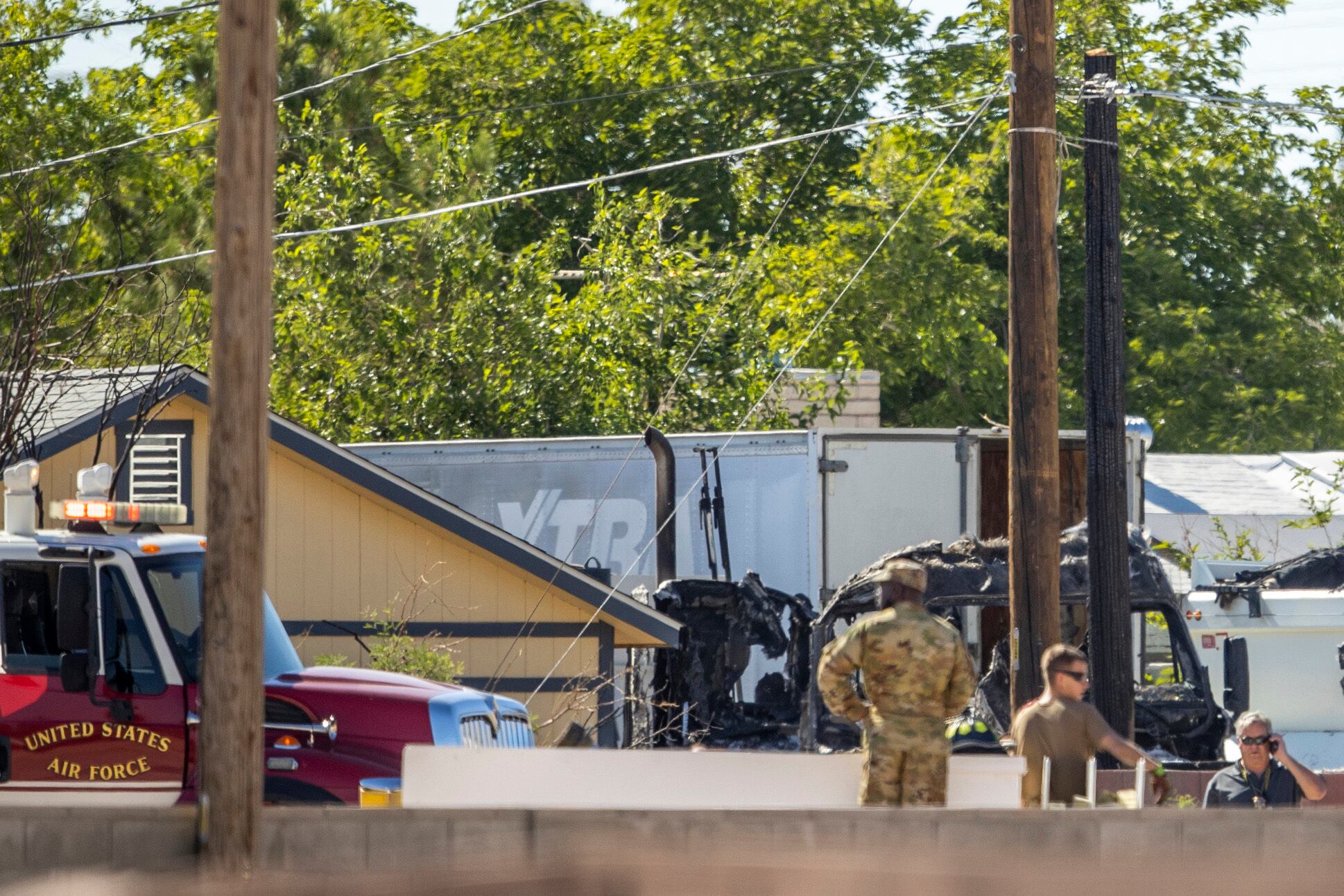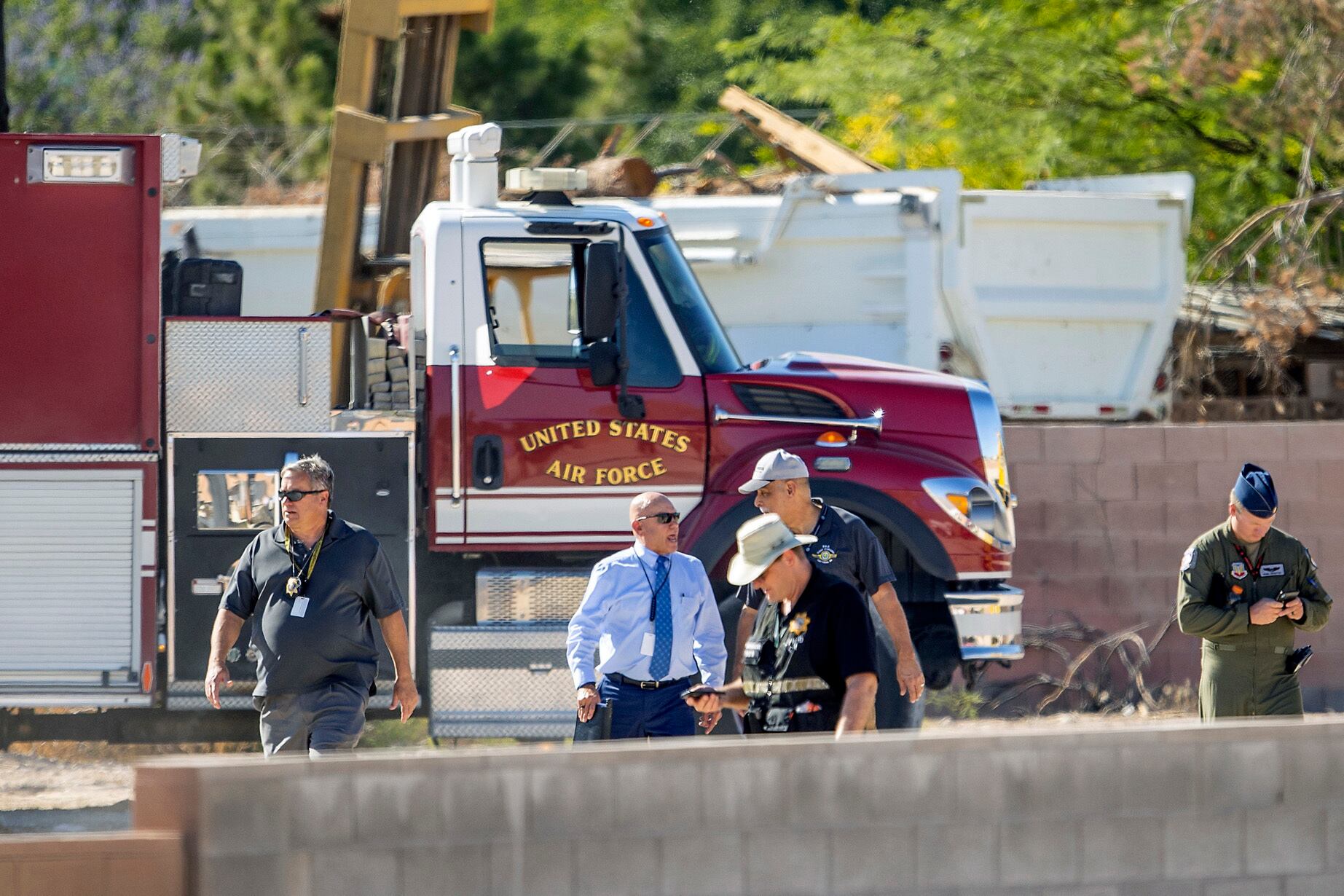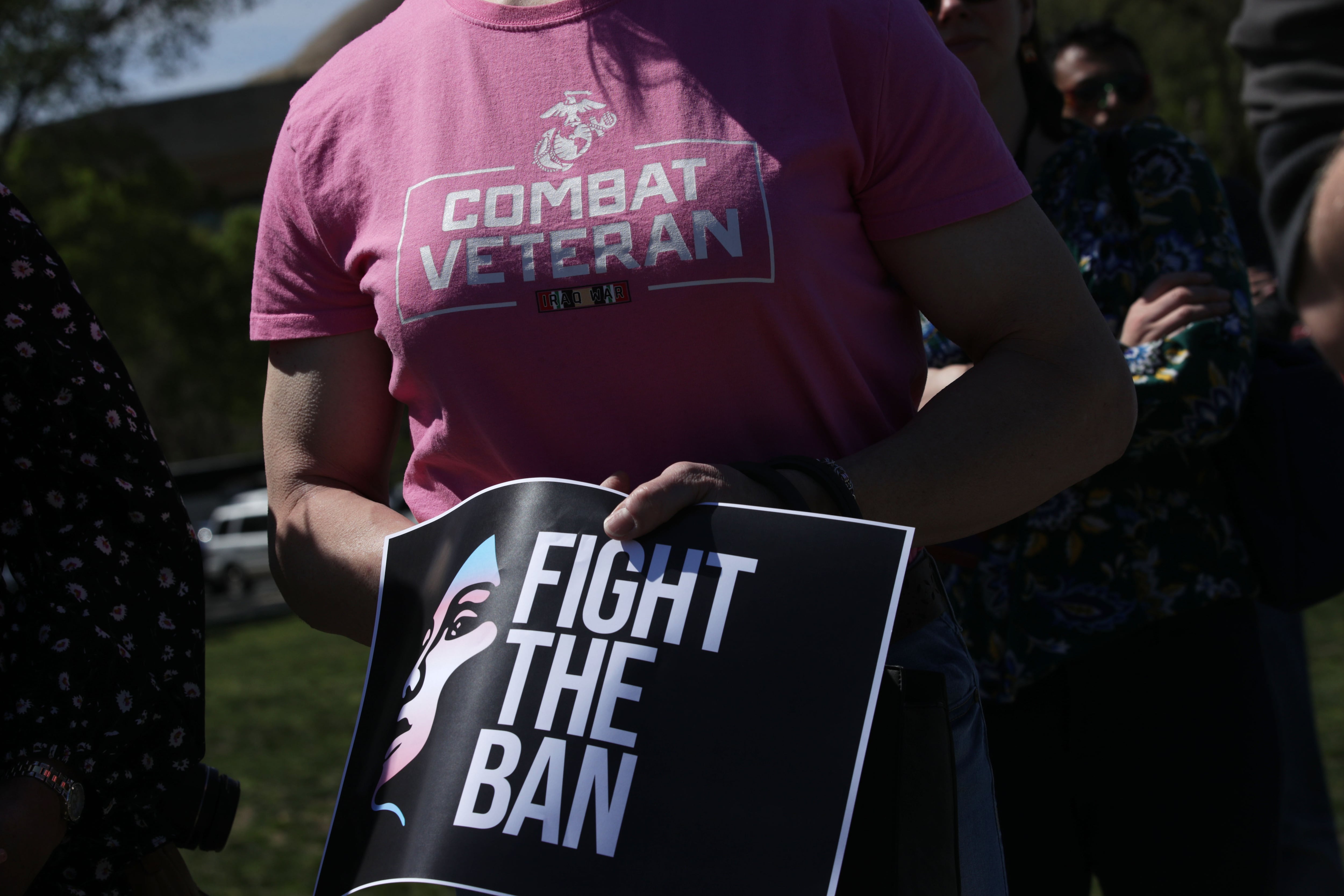Draken US has returned its fleet of Dassault Mirage F1 jets to flight after grounding them for nearly three months to check for defects following a fatal crash in Nevada.
Nicholas Hamilton, a 43-year-old contract pilot for Draken who flew against Air Force aviators in aggressor training, died May 24 after he lost control of an F1 on his return flight from Nellis Air Force Base’s Nevada Test and Training Range. The Air Force veteran known as “Scooter” had logged more than 2,500 hours in military jets and was married with two sons, according to an online obituary.
Draken immediately paused F1 operations after the incident, a company spokesperson told Air Force Times. The jets returned to flight Aug. 10.
RELATED

“We are checking, double-checking and triple-checking everything,” the spokesperson said July 29. “We have not found anything to be amiss.”
The spokesperson declined to answer how many F1 jets Draken owns, citing competitive concerns for future contracts.
The F1 went down in a residential neighborhood near Nellis after suffering a “flap issue,” according to the National Transportation Safety Board, which is leading an investigation into the crash.
An NTSB spokesperson declined to comment on the circumstances of Hamilton’s death until the full review is complete, which could take up to two years. The agency also would not elaborate on what the flap issue cited in its report might have entailed and how it may have contributed to the accident.
John “JV” Venable, a former Air Force fighter pilot who is now a senior research fellow for defense policy at the Heritage Foundation, told Air Force Times that any number of issues could have contributed to the flap problem, but that they may have “split” upon Hamilton’s descent. That destabilizes a plane when the flaps point in different directions, rather than deploying both equally to slow down.
Venable believes Hamilton may have grown too focused on something in flight to pull out of the problem, or that he could have been incapacitated by hypoxia or smoke in the cockpit.
Timing and altitude are thought to have contributed to Hamilton’s death as well.
It is believed that the aircraft’s ejection sequence worked as designed, but that it appeared to come too late and too low to the ground to save the pilot, a source familiar with the incident told Air Force Times. Hamilton died of blunt force injuries to his entire body, according to the Clark County coroner’s office.
The NTSB noted in its June 13 preliminary report that Hamilton ejected, but did not offer more details about his death or whether the ejection seat failed.
RELATED

Hamilton was close to the ground when he noticed something was amiss, the report indicated.
“The pilot reported that he would be accomplishing a low approach,” the federal investigative agency said. “The pilot started the final turn and then reported that he had a flap issue and when asked if he was declaring an emergency, he responded ‘affirm.’”
A witness cited in the report also said he saw the airplane dip low in its flight pattern and sink “like it was ‘falling out of the sky’” before the pilot ejected, the NTSB added.
Dassault did not respond to a request for comment on its jet’s ejection seat.
Congressional lawmakers are pushing to protect aviators from faulty ejection seats after a malfunction led to the death of 1st Lt. David Schmitz, an F-16 pilot at Shaw Air Force Base, South Carolina, in June 2020. Members of the House Armed Services Committee want to know how often ejection seat repairs are delayed, and how many Air Force and Navy ejection seats are used across both services.
At least three other people have died, and five aircraft destroyed, in Air Force-related aviation incidents so far in fiscal 2021, according to the Air Force Safety Center. Hamilton’s crash had not yet been added to that total as of Aug. 5.
Rachel Cohen is the editor of Air Force Times. She joined the publication as its senior reporter in March 2021. Her work has appeared in the Washington Post, the Frederick News-Post (Md.), Air and Space Forces Magazine, Inside Defense, Inside Health Policy and elsewhere.





